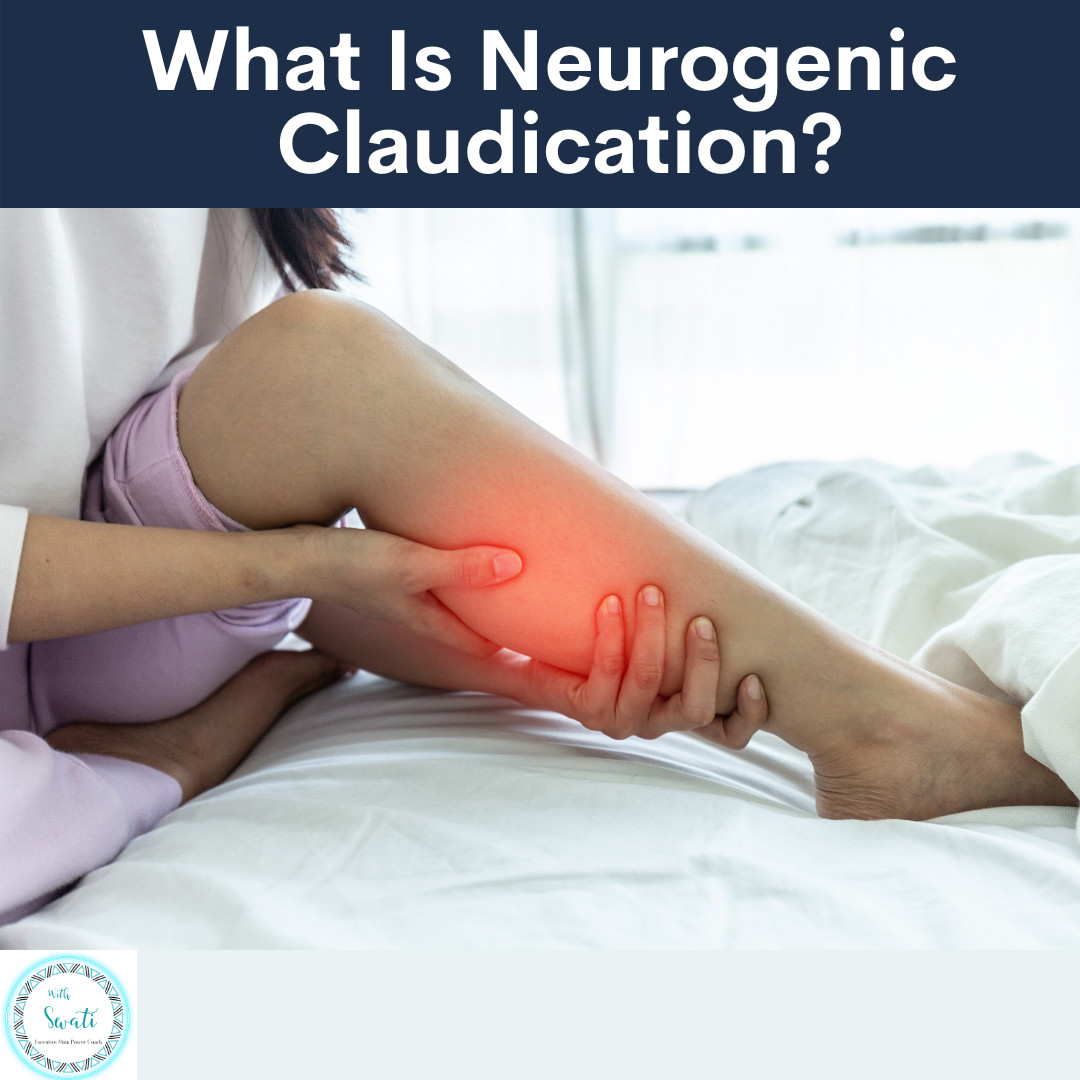
For executive mums balancing high-stress jobs, young children, and spinal pain, experiencing unexplained leg pain, especially during activities like walking or standing, can be a sign of neurogenic claudication. It is a symptom often associated with lumbar spinal stenosis, a narrowing of the spinal canal that puts pressure on the spinal nerves and can significantly impact your ability to stay active and manage daily responsibilities. In this blog lets discuss more about neurological claudication as staying informed about conditions that affect your daily life and mobility is essential.
Neurogenic claudication is a condition associated with spinal stenosis, where the space around the lower spine narrows, compressing nerves and sometimes blood vessels. This compression can lead to pain that begins in the lower back and radiates down the legs. Typical symptoms include cramping, weakness, numbness, or tingling in the legs and feet. For some, it may also cause bowel or bladder issues.
Watch this video to learn What does Spinal Stenosis feel like (symptoms of stenosis)?
Neurogenic claudication typically worsens when standing or walking and improves when bending forward or sitting down. This is because bending forward helps open up the spinal canal, relieving pressure on the nerves. For executive mums, this can mean experiencing discomfort while performing simple tasks such as grocery shopping or carrying a child, which can significantly disrupt both work and home life.
Many sufferers find relief by using aids like shopping carts or walkers, which allow them to lean forward and alleviate nerve pressure, known as the “shopping cart sign”. This is often referred to as the "shopping cart sign," a classic indicator of neurogenic claudication. Although walking may worsen symptoms, incline walking can be a better alternative as it encourages a forward-leaning posture. This is why activities like walking uphill or using a treadmill at a slight incline can often feel more comfortable.
In addition to neurogenic claudication, there’s another type of claudication called vascular claudication, which is typically linked to blood flow issues, such as peripheral artery disease. Unlike neurogenic claudication, this pain doesn’t get better by leaning forward but rather by resting as it’s directly related to blood supply issues rather than nerve compression.
Managing neurogenic claudication involves a combination of activity modification, stretching and strengthening exercises, core rehabilitation, apart from medical intervention. Learning how to adapt daily activities and take appropriate breaks can go a long way in managing symptoms. For busy mums, understanding these adjustments can help maintain mobility, reduce pain, and ensure that they can continue to lead an active and fulfilling life. One of the main pillars of managing neurological claudication is to lower the inflammation in the spine and nerve.
If you want to learn more about how to reduce your inflammation the 11 day jumpstart is a free program that helps to manage inflammation in the body, including the spine. You can find the details HERE.
If you like this blog and want to be notified about new blogs as soon as they are published, subscribe to my mailing list below.
I would love to see you around the internet! For other places you can explore more about me: https://withswati.com/page/link




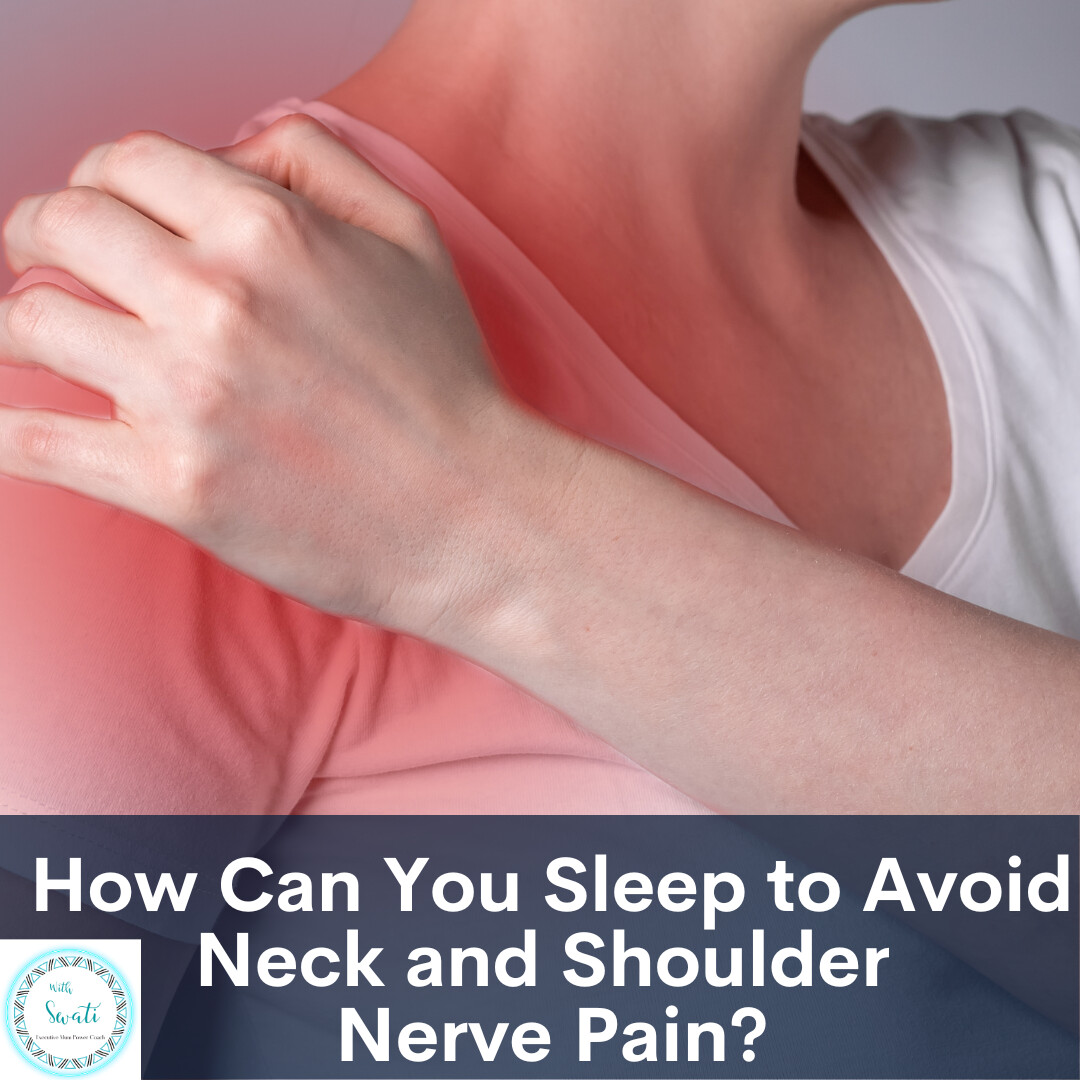


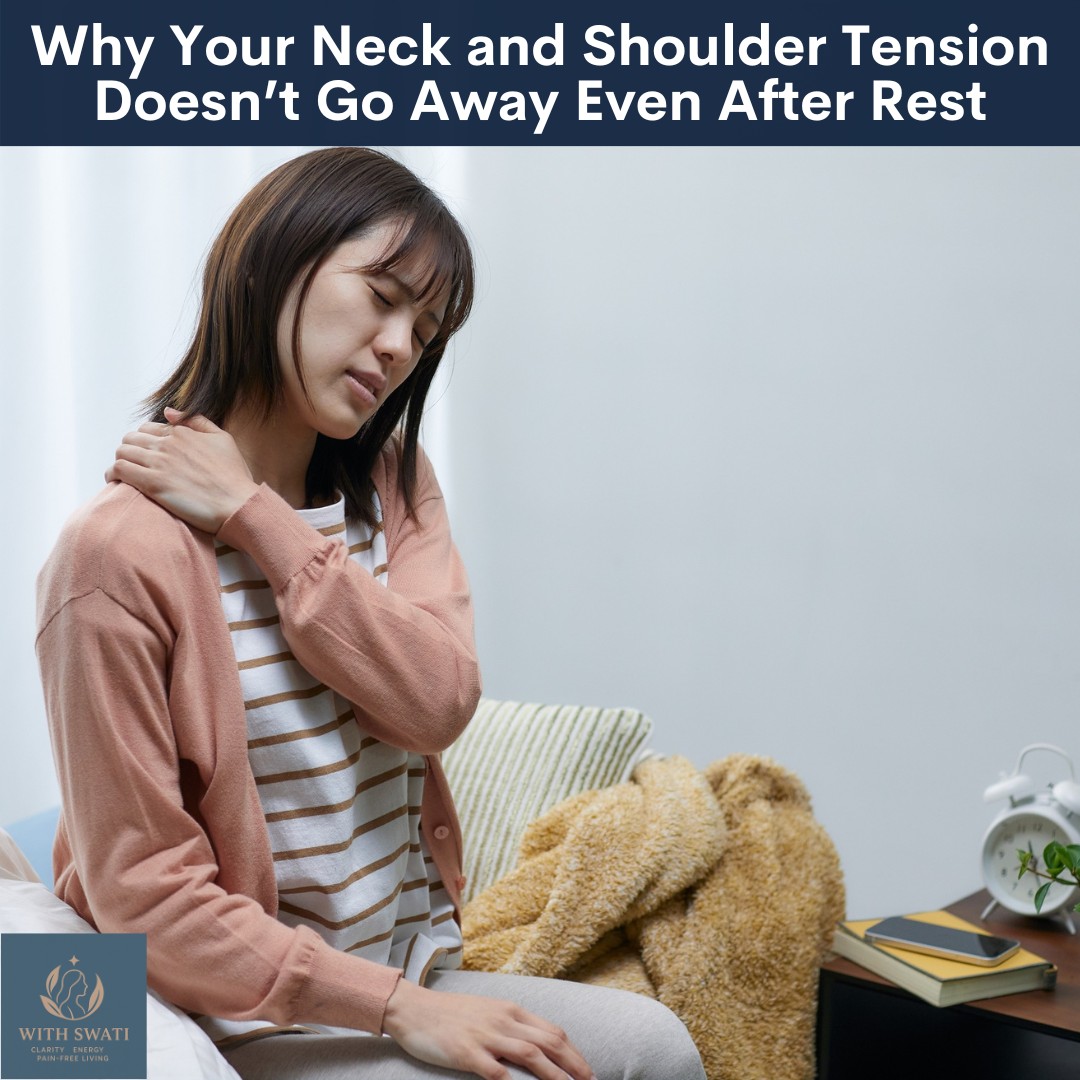

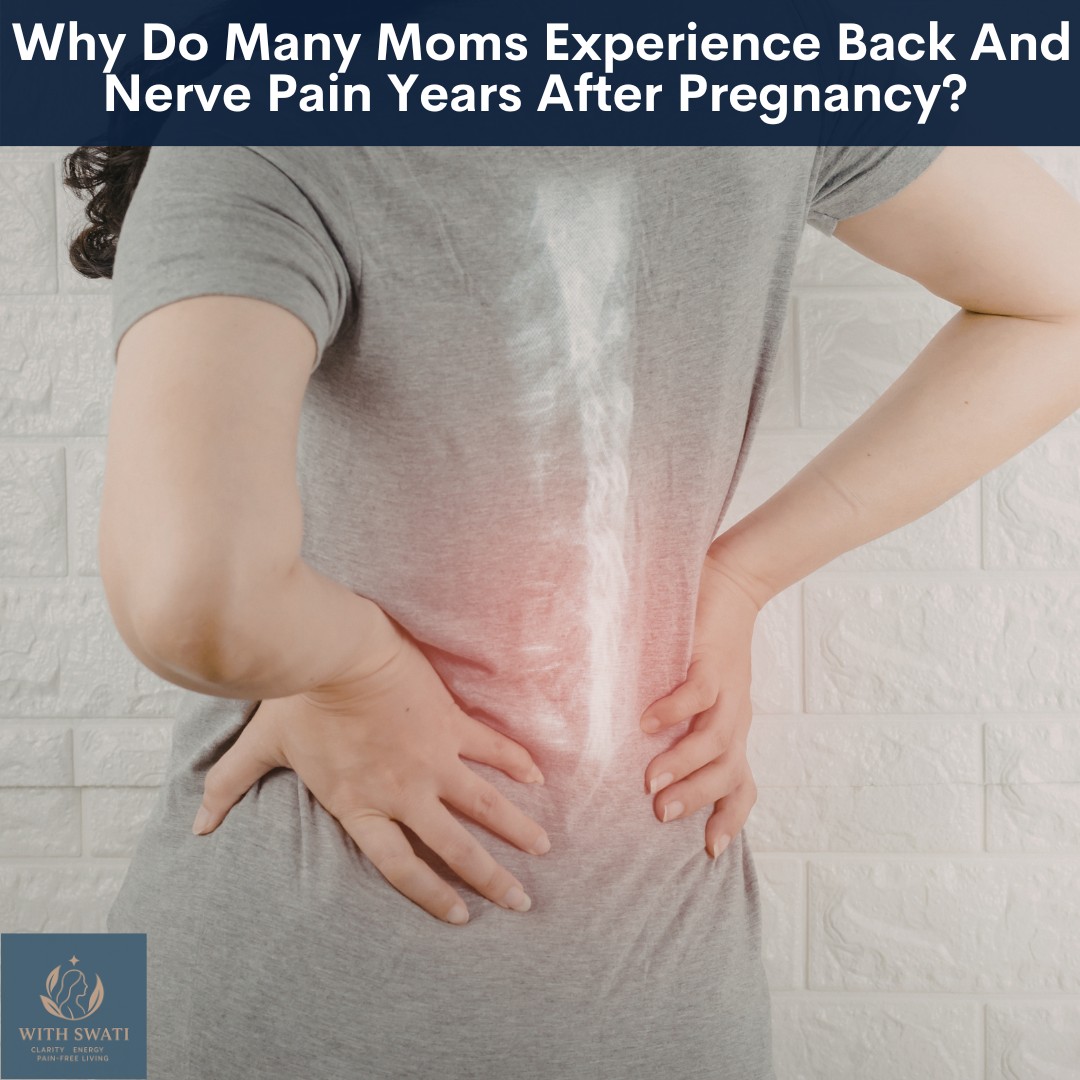


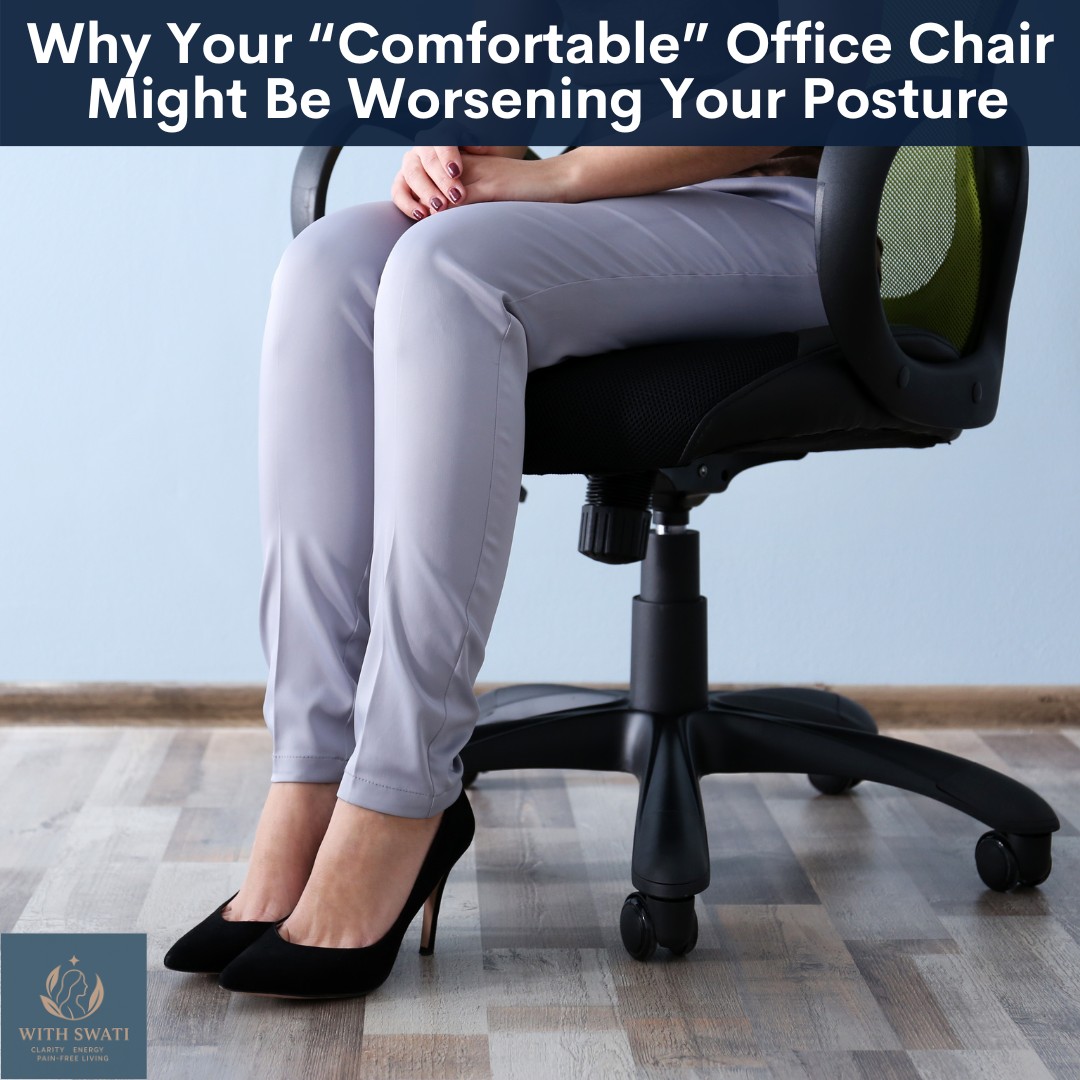
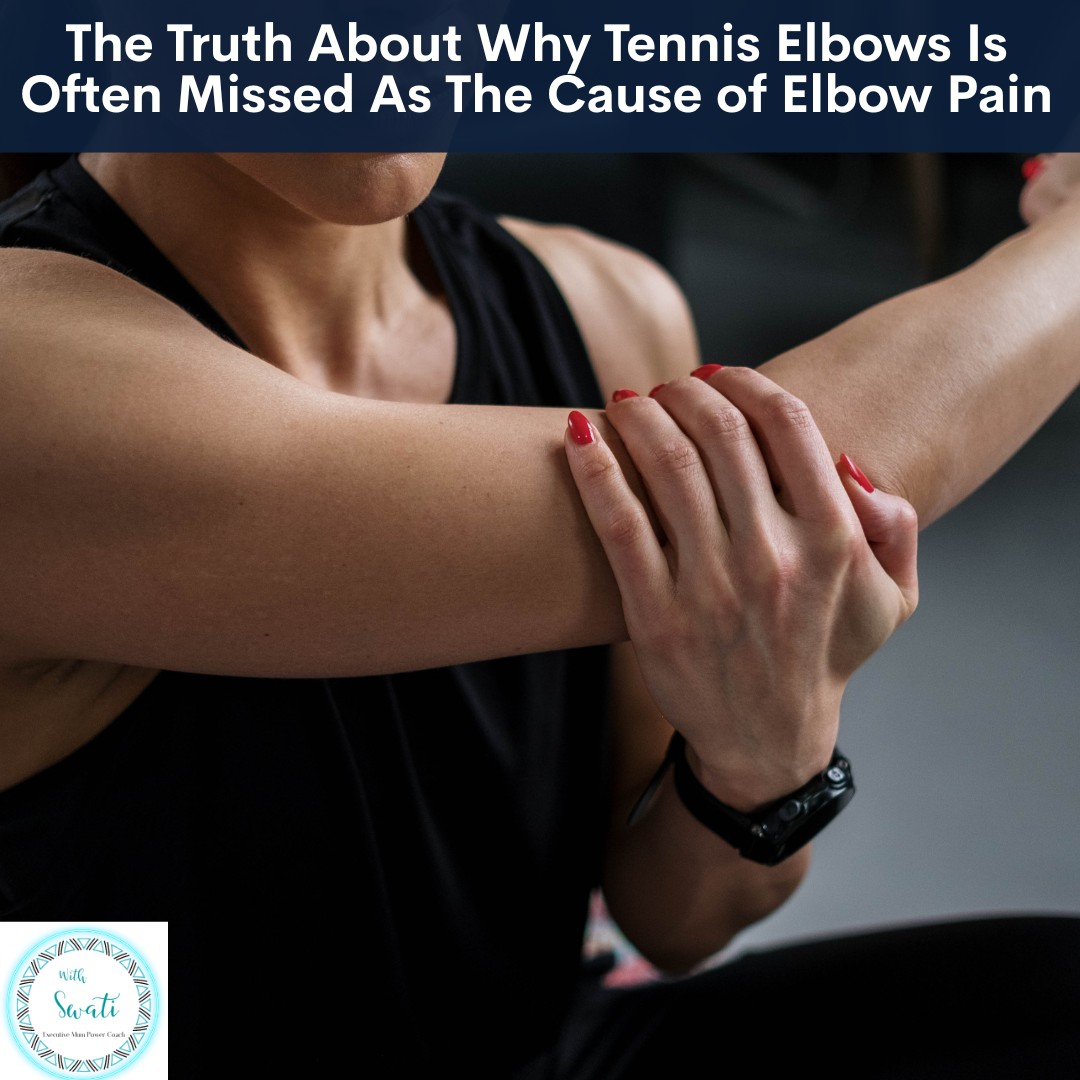


0 Comments